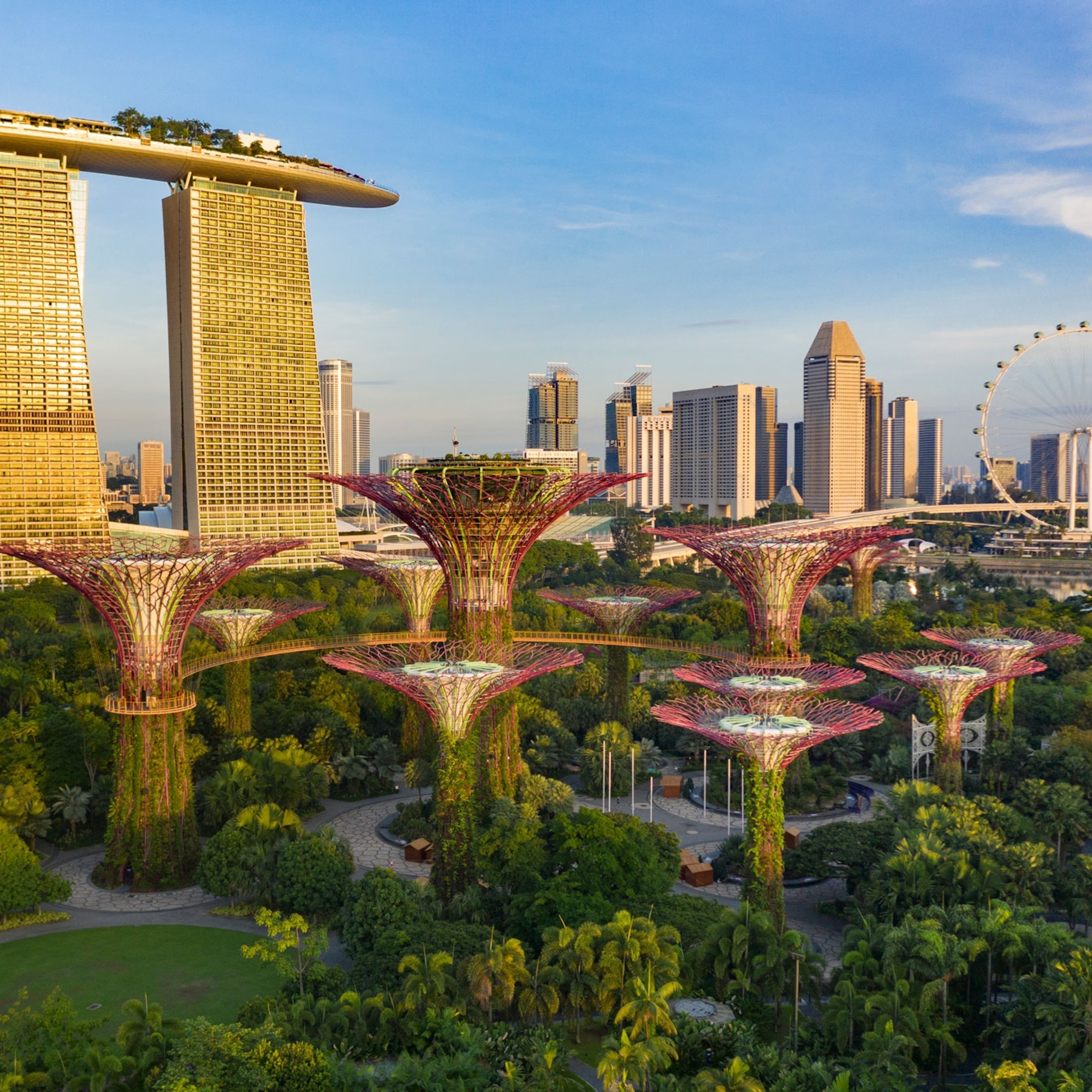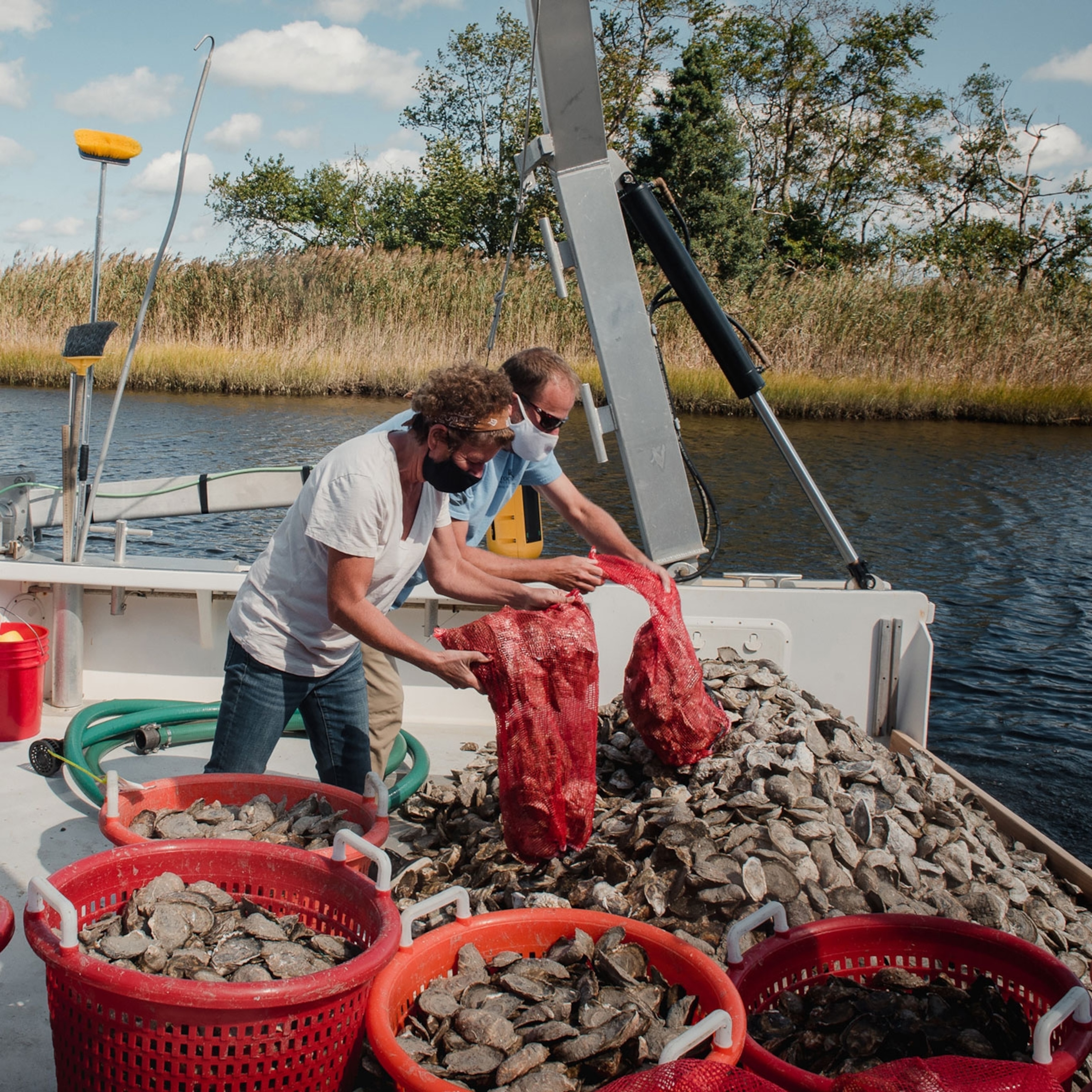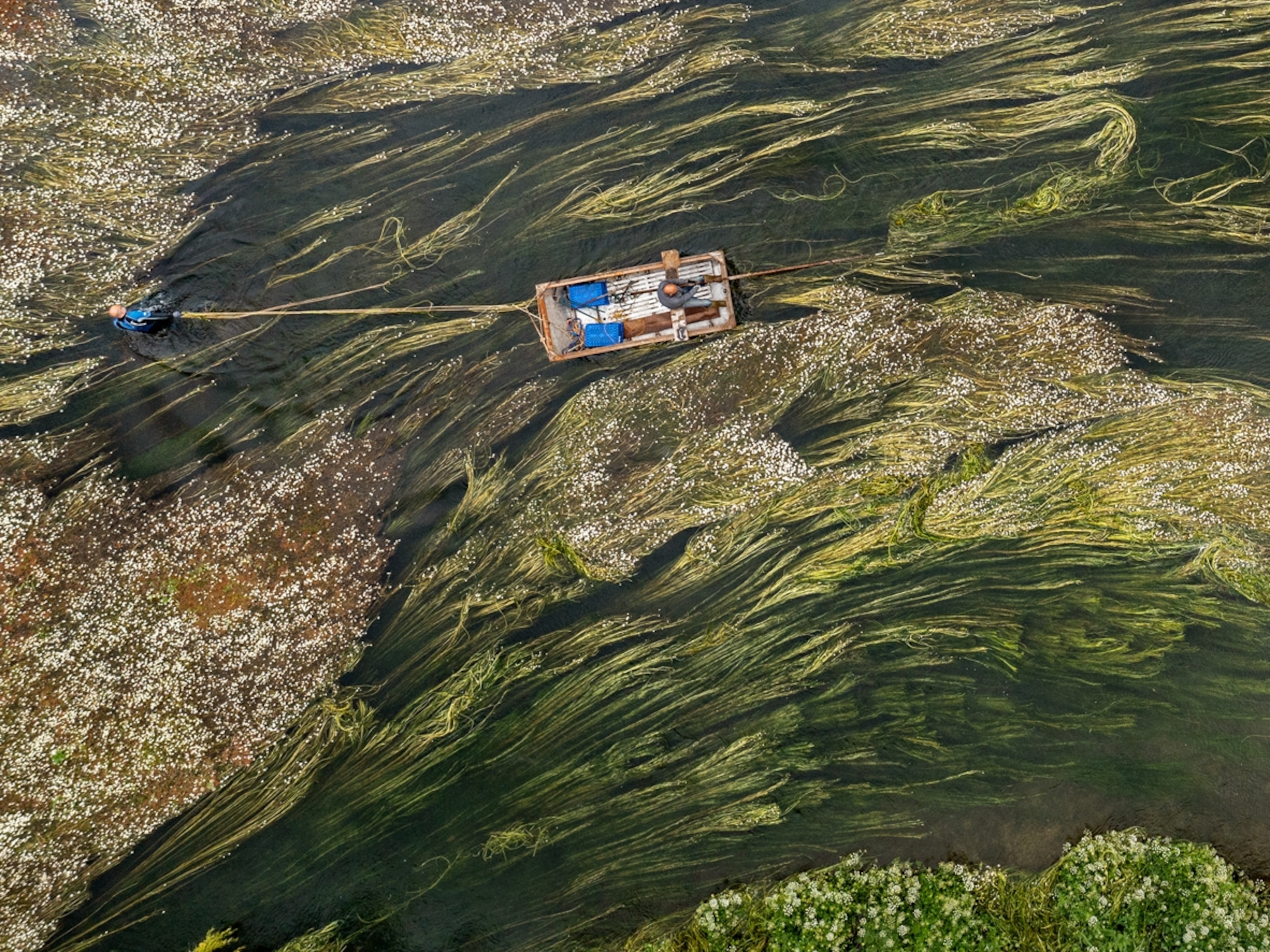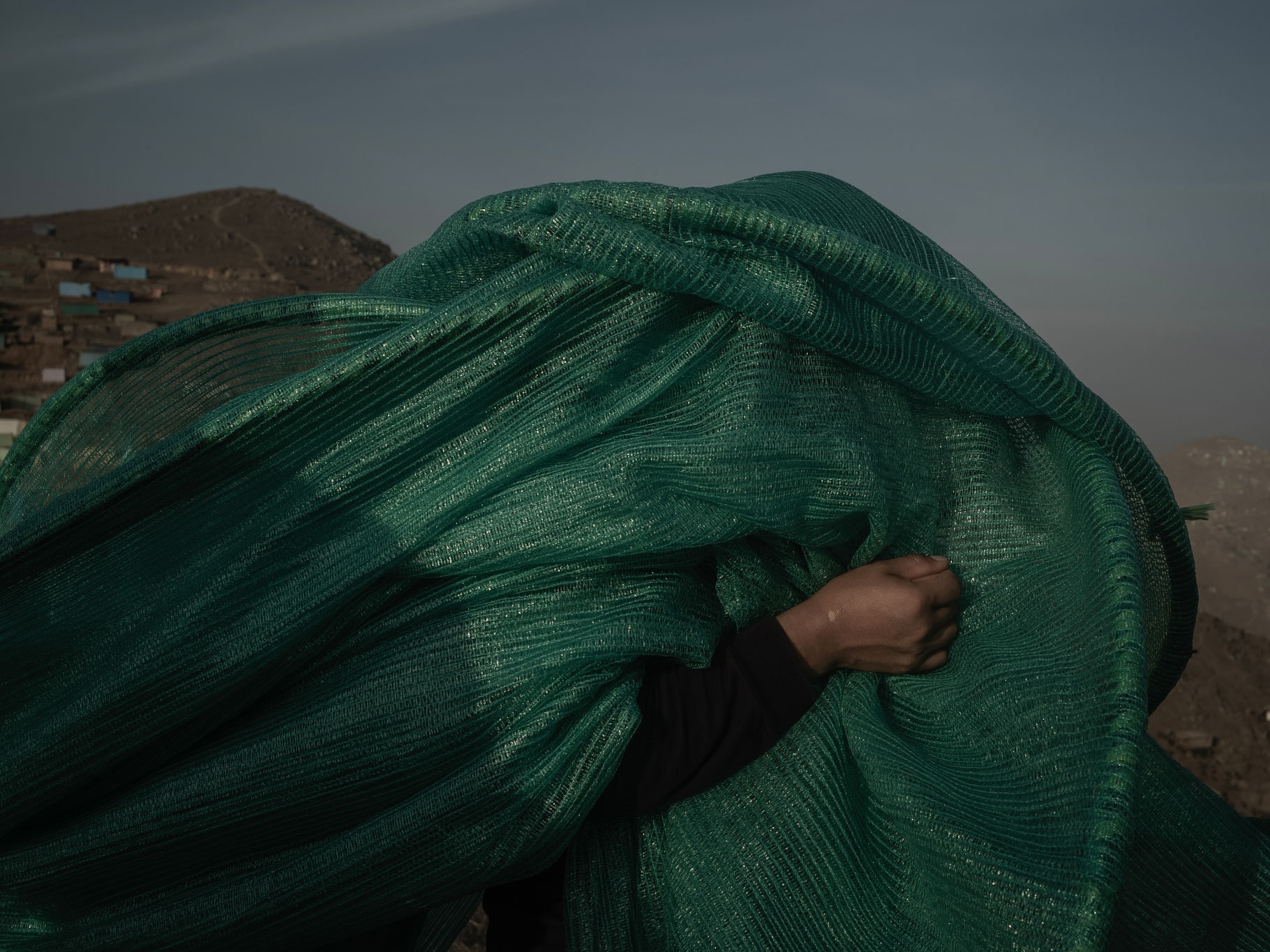Mexico City is running out of water—are these cities next?
Drought, urban development, and poor management are causing an unprecedented strain on urban water supplies across the world.
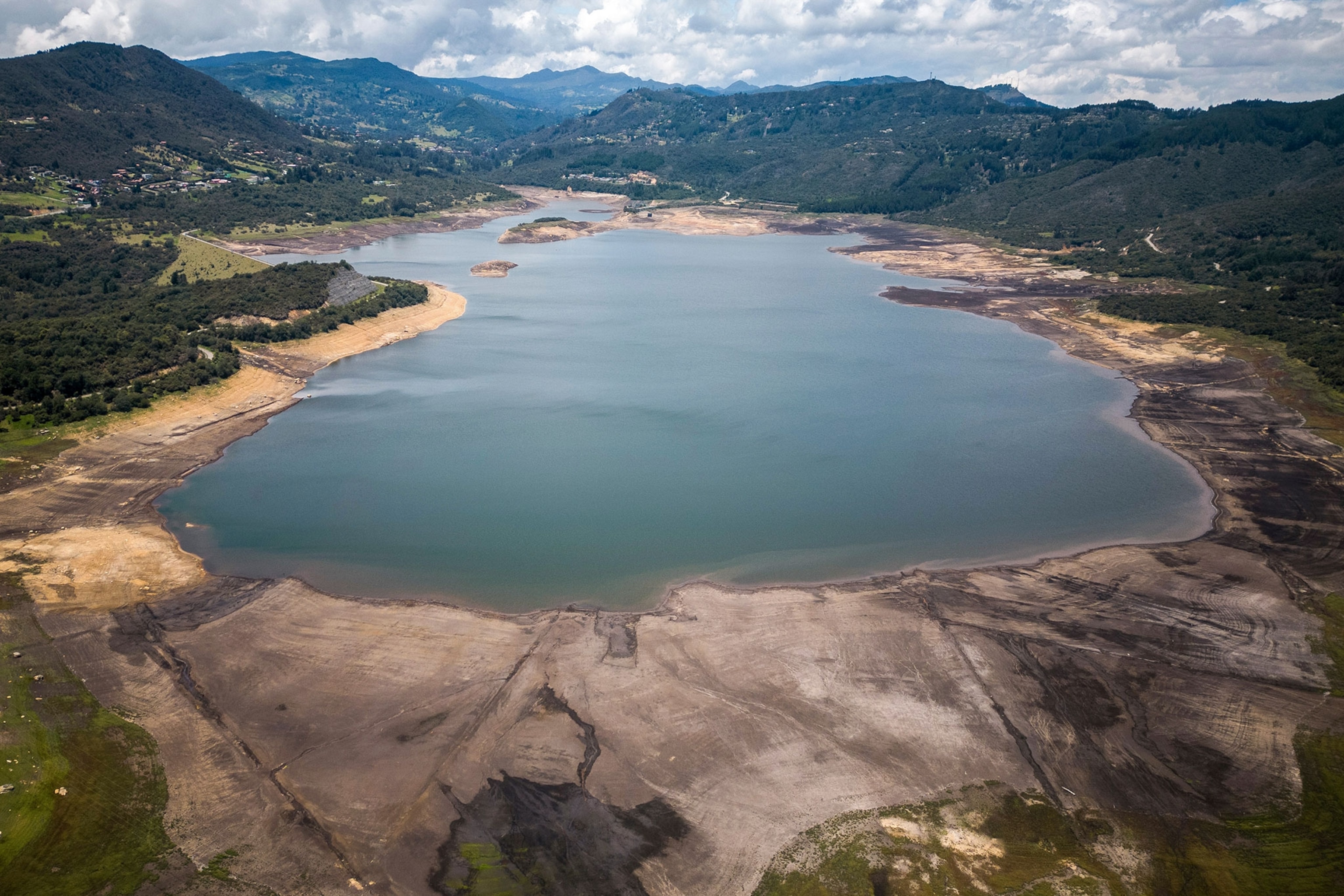
Record-breaking heat and years of mounting drought, capped last June by El Niño winds that cut the rainy season short, have pushed Mexico City’s water reservoirs into a historic deficit. As of this month, reservoirs sit at less than 27 percent capacity.
The consequences in Mexico City have so far been devastating: more than 550 neighborhoods have had their tap water turned off or their water pressure reduced, according to one analysis of data from a local water authority. These water saving measures are forcing residents to fill whatever jugs they can gather at irregular and costly tanker deliveries. As summer begins, the megacity of 23 million is on the brink of disaster.
If heavy rains don’t arrive soon, in late June the city’s Cutzamala water system could reach “Day Zero,” a doomsday estimation that marks the moment the reservoirs will stop pumping. That means that in as much as a quarter of the city—even zones that have typically escaped water shortages—the taps would go bone dry. The aquifers where about 70 percent of the city’s water comes from will keep flowing, but they too are in danger.
“We’re in a truly awful situation,” said José Luis Luege, a former head of the national water commission and adviser to the country’s political opposition who helped popularize Mexico City’s Day Zero deadline. “At this point, I’m really betting on a miracle.”
Across the world, climate change is exacerbating droughts, sending urban areas already set back by unchecked development and aging water infrastructure into unprecedented territory. The idea of Day Zero, used globally to help turbo-drive water-saving campaigns, has proved a helpful threat.
Here’s how some of the most water-starved cities are grappling with their own Day Zero fears.
Bogotá, Colombia
Rolling water cuts have roiled the Colombian capital of Bogotá since April, after the Chingaza reservoir system that provides more than two-thirds of the city’s drinking water dropped to a staggering 17 percent capacity. Running water in neighborhoods across the city of eight million is shut off three times a month and households are subject to hundreds of dollars in fines if they go over monthly allotments.
“The entire city must be in water saving mode,” Mayor Carlos Fernando Galán warned as he announced the restrictions, along with PSAs that reflected the desperation: shower with your partner—or not at all, if you don’t plan to leave your home.
While experts have criticized the city for waiting too long to implement rationing, under the policy, the water level in the Chingaza system ticked back up, topping 36 percent capacity earlier this month. Still, the measures could remain in place through October as the reservoirs fill to a target amount.
Delhi, India
In 2019, the coastal city of Chennai, India, struck a form of Day Zero when its four main reservoirs completely dried out, leaving its 10 million residents dependent on a shrinking groundwater supply and trucked-in water.
“You had to spend a lot of time to get [water], you had to spend a lot of resources to get it,” said Raj Bhagat Palanichamy, a senior program manager in the sustainable cities and transport program of World Resources Institute, India.
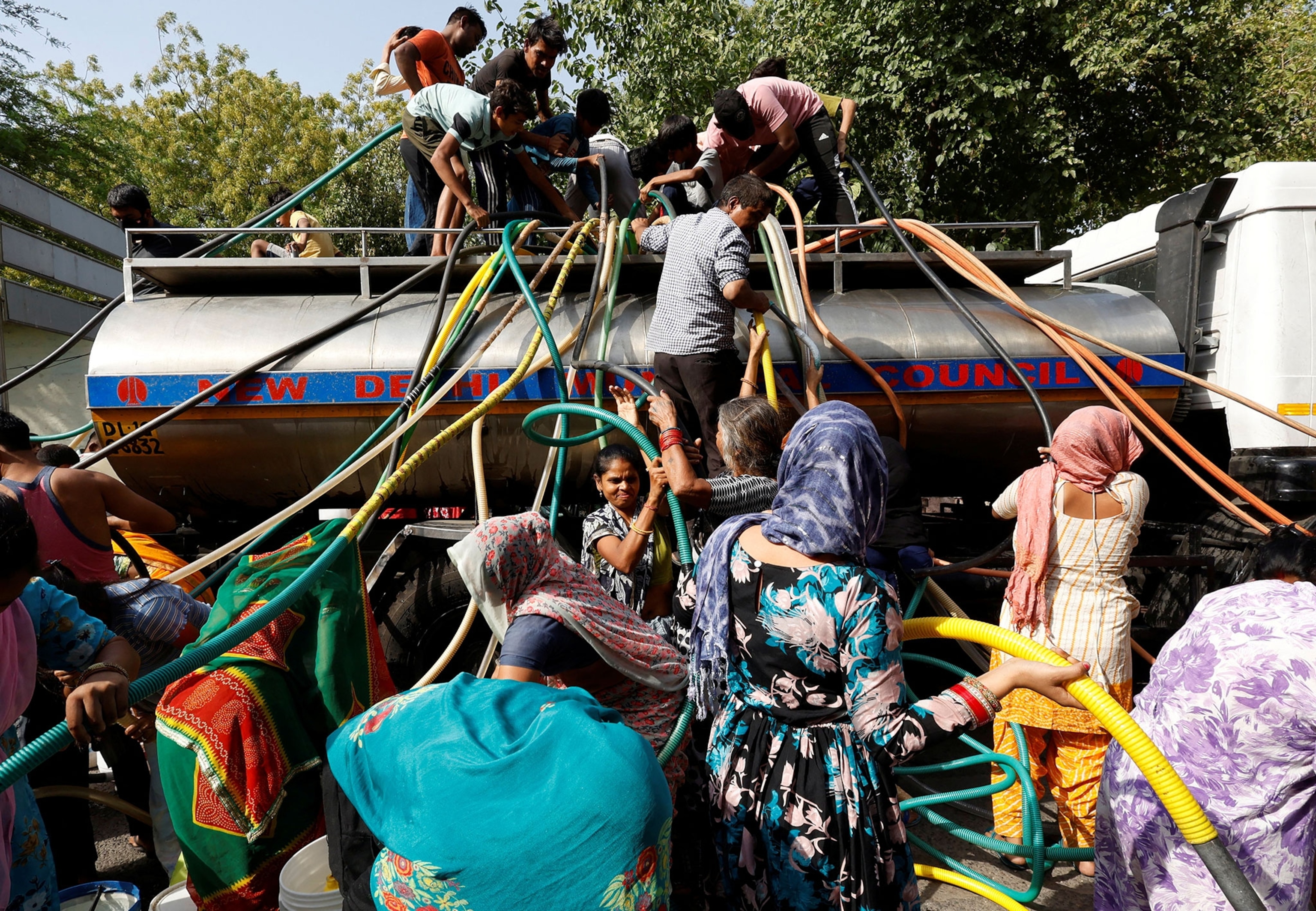
Today, water scarcity in India is being felt most sharply in Delhi, where a recent video of residents swarming a water tanker was filmed and shared widely online. With several days of summer still left before the monsoon season brings rain, levels of the river they draw water from are unusually low. A water sharing agreement between the states that border the river that experts call insufficient has led to disputes.
Barcelona, Spain
The tourist-mecca of Barcelona devolved into backbiting this year as dwindling water supplies pitted visitors against locals. In March, following three years of drought, levels in the Ter-Llobregat water system hit an all-time low, below 15 percent, triggering emergency water restrictions.
While the city’s nearly two million residents were limited to 53 gallons of water per day, the tourism industry did not face the same restrictions. The disparity spilled into public debate, with activists cutting off the water to the offices of a city tourism board and candidates in a regional election vowing reform.
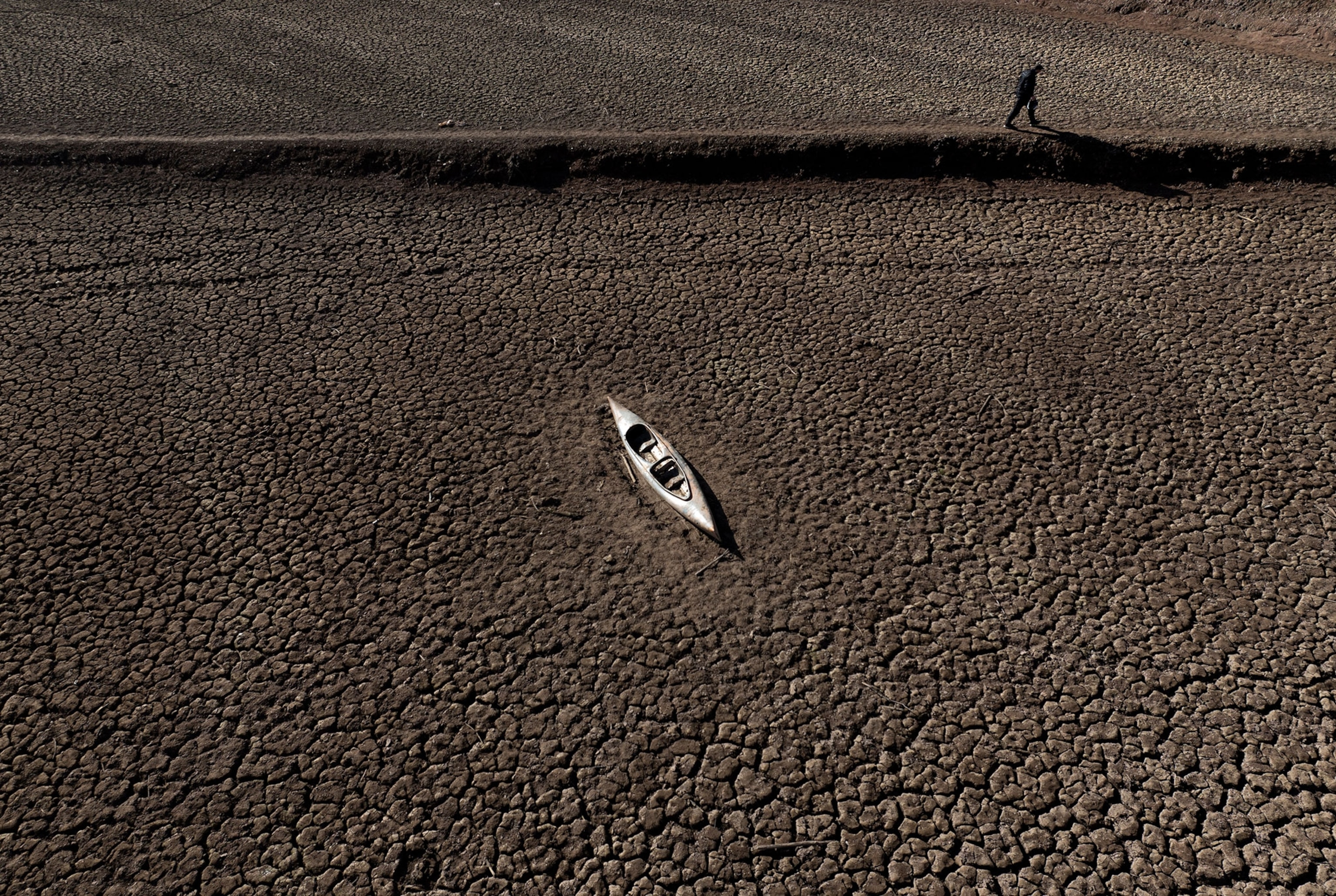
Along with the restrictions, the city implemented a number of expensive technological solutions to augment drinking water supplies. Desalination, the process of turning saltwater into potable fresh water, was operating at max capacity. Treated wastewater was also introduced. These efforts helped avert a Day Zero type event until generous May and June rains helped replenish the system, although the drought persists, said Hug March Corbella, a professor of political ecology at the Universitat Oberta de Catalunya.
Last-ditch contingency plans to ship in clean water from other parts of Spain and install a new desalination plant at the Port of Barcelona have proved so far unnecessary.
Johannesburg, South Africa
The first widely recognized Day Zero scenario to dominate international headlines came in 2018 in Cape Town, South Africa. After three years of drought, officials raised the alarm: the city of nearly five million had just months to go before its feeder reservoirs would fall to a critical threshold. The local government imposed severe water restrictions that limited residents to 13 gallons a day and urged austerity at home, which successfully maintained reservoir levels until the arrival of heavy rain.
But head inland, into the country’s economic hub of six million people, and another water crisis looms. Residents across Johannesburg periodically face days and weeks of water cut-offs, which they’ve begun to call “water shedding”—a nod to the country’s notorious blackouts that power providers term “load shedding.”
The problem, however, is not low levels at the river system that provides drinking water to the province. Rather, “dilapidated water infrastructure and poor water management” by “dysfunctional municipalities” are to blame for the shortages, said Anja du Plessis, an associate professor in the department of geography at the University of South Africa.
Casablanca, Morocco
Facing its sixth year of drought in early 2024, Moroccan officials restricted the use of traditional public baths and popular car wash street businesses across the country, as supplies diminished in important dams like the Al Massira.
Seen from above in NASA satellite imagery, the area around the dam, which has historically provided water to parts of Casablanca and been used to irrigate crops in the region, was sapped of greenery for miles, leaving only a parched surface visible from space.
Water piped in from another dam in the north and the arrival of rain ensured the safety of household water access for Casablanca’s nearly four million residents.
A new desalination plant that broke ground this month—set to be the largest in Africa—also promises to bolster supply. But the impact of drought on the agricultural industry, which accounts for more than 30 percent of the country’s employment, may pose a greater disruption. Poorer harvests are fueling internal migration from rural communities to urban areas, placing even greater strain on city water resources, said Meryem Tanarhte, who researches climate change and its effect on water resources at University Hassan II in Casablanca.
Adapting to a warming planet
As the planet has warmed, scientists have shown that rainfall around the globe has become more variable and extreme, meaning periods of drought are happening more frequently and with greater intensity and length.
In Mexico City, scientists like Fabiola Sosa Rodríguez, the head of economic growth and environment studies at the Universidad Autónoma Metropolitana Azcapotzalco, are using the crisis to advocate for long-term water solutions. She points to a need for more wastewater treatment for industrial and agricultural purposes and the expansion of rainwater harvesting programs that can double household capacity.
“Many people don’t like to talk about Day Zero because it makes them afraid, it makes them feel a sense of emergency,” she said. “But these are precisely the levels of consciousness that we have to generate.”


